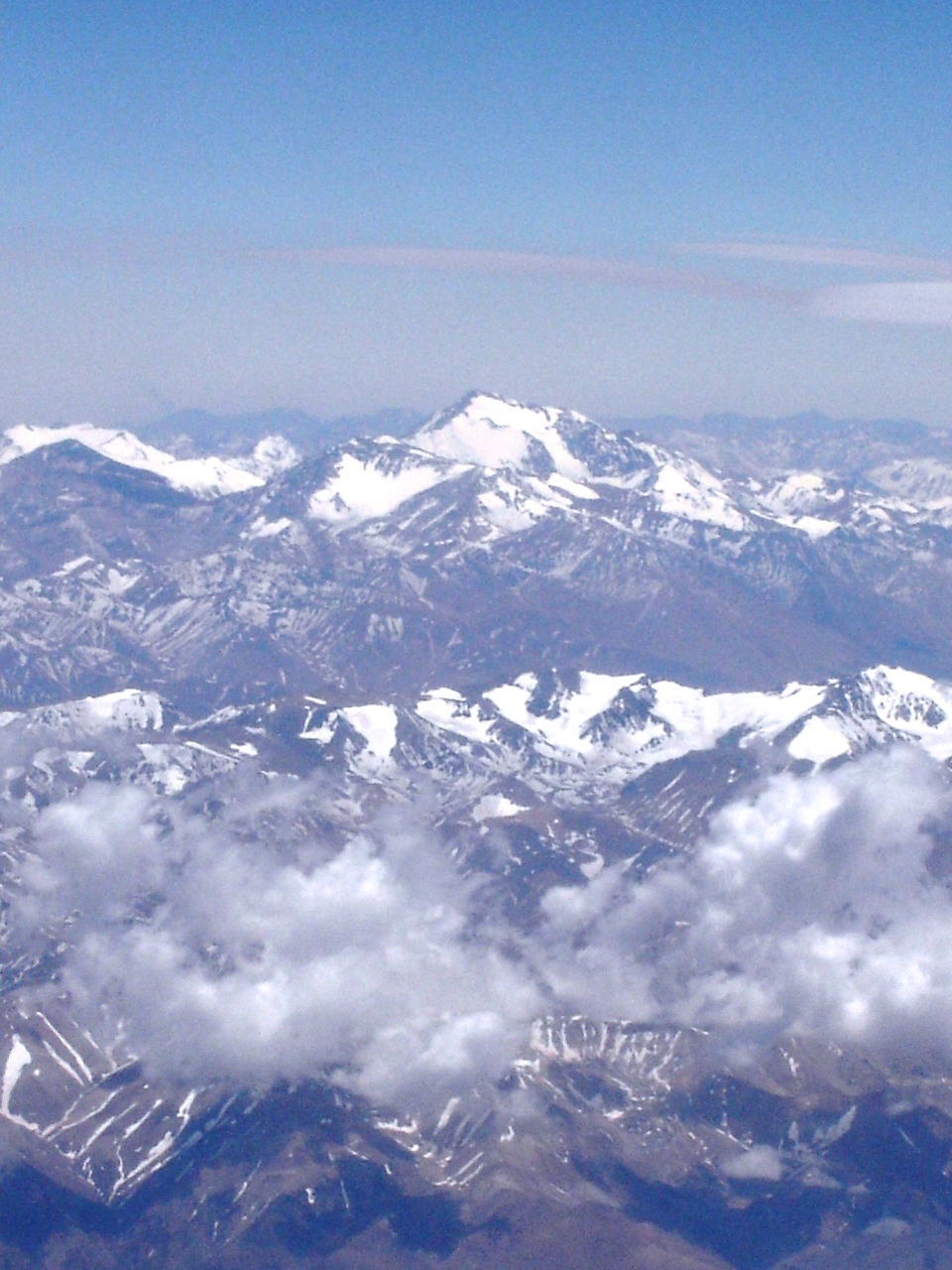Poor People Are at Greater Risk During Pandemics. Climate Change Exacerbates the Problem
Preventing the next pandemic will require not only investment into infectious disease prevention and management, but a tectonic shift in our policies for global development more broadly. We are as strong as our weakest link, and the findings of the TIME survey must be understood through this perspective.
Despite supporting the broad goal of zeroing out emissions, the experts polled said specific land use and climate change efforts such as modifying food habits and protecting ecosystems were relatively less important. In some ways, that makes sense, as they do seem distant in the desperate urgency of the moment. In this time of crisis, we naturally prioritize things that can be done quickly—from scaling up vaccine supply to supply chain logistics. But none of this will endure without policies that focus on providing for all; equity in health services and surveillance systems that will work for the rich and the poor. And that’s where land use and climate change become essential.
[time-brightcove not-tgx=”true”]
We know today that climate change impacts are making the poor even poorer—increasing frequency of extreme weather events destroy livestock and property and the investment made to improve development by governments, forces people to migrate and makes the world more insecure. We also know that current food systems that depend on intensive animal farming practices require extensive use of natural resources—from forests that need to be cut to make space for livestock farms to feed that is grown using valuable land and scarce water resources. That not only puts the livelihood of many around the world at risk, but also, research has shown, increases the spread of infectious diseases.
Meanwhile, the lack of clean water or sanitation for all is compromising our ability to manage infectious diseases. Air pollution because of continued use of dirty coal and biofuels is impairing lung functions—putting people in heavily polluted areas at higher risk for severe symptoms of infections like COVID-19. Diabetes—a food and lifestyle disease—is adding to the cost of health care and making COVID-19 treatment more expensive and difficult.
I could go on. But the fact is that we cannot ignore these connections just because we find them unfeasible in the short term. We need to move from the pragmatic to the idealist world. The fact is that without equity in health care, we will not prevent the next pandemic. It is the same for climate change.
This is why we must look at the opportunities we have now that cut across both climate change and public health. If we invest in the livelihoods of the poor by planting trees and securing local food systems we build resilience—while also combating climate change by sequestering carbon dioxide in the natural systems. These sorts of win-win scenarios happen when we put the poor at the center of the solution. It may come at a higher cost than cheap carbon offsets, but builds local economies that will work to reverse migration and have the strength to manage health for all. The bottom-line is that preventing the next pandemic needs us to secure a world that is less divided, less angry and less insecure. Nothing less will do.
View original article
Contributor: Sunita Narain

